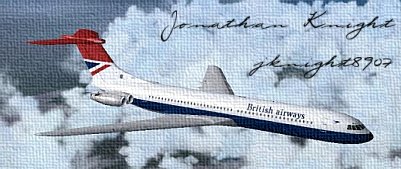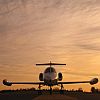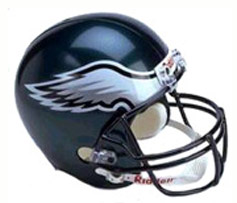 by Springer6 » Wed Jul 06, 2005 4:14 pm
by Springer6 » Wed Jul 06, 2005 4:14 pm
Tequila,
I have spent many hours flying as left hand front seat passenger in the standard 206 Jetranger. I don't suppose it is much different when flying in a Longranger 206L.
My experience was mainly "low and slow" i.e. flying inside the "avoid curve". This was in the late eighties and early nineties when I was acting as "local navigator" for power line patrols.
This was mainly wood pole line work, which in the UK are generally the lower voltage lines with ground clearances of about 30-40 feet.
The pilots and aircraft were supplied by contractors who didn't know the area ( that's where I came in ) . A lineman in the back would record the faults on the lines as we cruised at about 20knots @ 40 ft or so alongside the line. We would usually side slip along short spurs of the line rather than turn into them. It was not unknown for pilots to go under the larger lines rather than over them and on at least one occassion I have gone backwards under a 30ft line with the skids dragging through a cornfield.
I describe this to illustrate what a nimble and stable machine the Jetranger is, although a couple of hours of this switchback type ride made even the strongest stomach feel queesy ( including the pilots). The pilots were mainly ex-military, several being ex Gazelle
jockeys , who used to practice hiding behind barns from tanks on the training grounds in Germany . On one occaision a pilot anxious to screen his machine from the view of curious children whilst parking it overnight in our power station compund, cut his way into a copse of young saplings with the rotor blades !! ( I noticed no out of track balance on the following day which illustrates how robust the Bell teetering rotor is).
The machines mainly had the left seat cyclic removed, but sometimes we would get a dual machine that had been used for training. In these I was sometimes ( unofficially ) allowed to take the controls whilst in transit at a safe height and speed. I found the Jetranger to be very stable, but very sensitive to the slightest movement of especially the cyclic.
On safety, a colleague was on a line patrol at about 30ft and 30 knots when they had a total engine failure ( I think a fuel line failure). The pilot flattened the collective and was able to just pull it up in time to clear a hedge and to partially cushion the landing. They landed in undergrowth and it is fortuanate that there was no fire as they could not initially
open the doors!! Apart from scratches the only damage to the 206 was the (very) bent skids ( I saw the photos). After being lifted onto new skids by a crane and temp. engine repairs, it was flown out of the crash site for a thorough inspection at a nearby airport.
The company these days mandate twin engined helos for all line patrols ( usually twin Squirrels ), but the 206 is a fine robust and safe machine with good comfort and visibility.
Springer Dog Six signing off






 .
.


